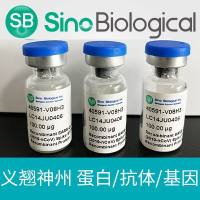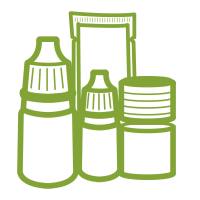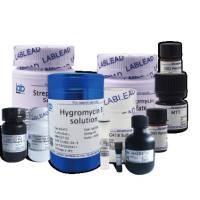Protoplast Microinjection Using Agarose Microdrops
互联网
614
A number of plant species have now been transformed, but there remains considerable uncertainty regarding the optimal procedure to be adopted. Agmbacterium species have been used as vectors for the DNA in some instances, whereas in others direct uptake has been achieved following chemical, physical, or electrical treatment of protoplasts or even of cells (see Chapters 27 –30 of this volume). Viruses are another vehicle being considered in this context. One of the most effective techniques of transforming animal cells is that of microinjection, and this, together with the recent claim of very high rates of transformation of plant cells by microinjection (1 ), has heightened interest in the more general exploitation of this method of introducing DNA to plants. The technique is now sufficiently well developed to enable it to be more generally adopted, and this chapter will describe the method that we have developed. An important feature of the method is the use of low melting point (LMP) agarose, both for holding protoplasts during microinjection and for their subsequent culture. The method will be described in detail for tobacco mesophyll protoplasts, and then variations of the method for rape hypocotyl and sugar beet suspension culture protoplasts will be listed.









